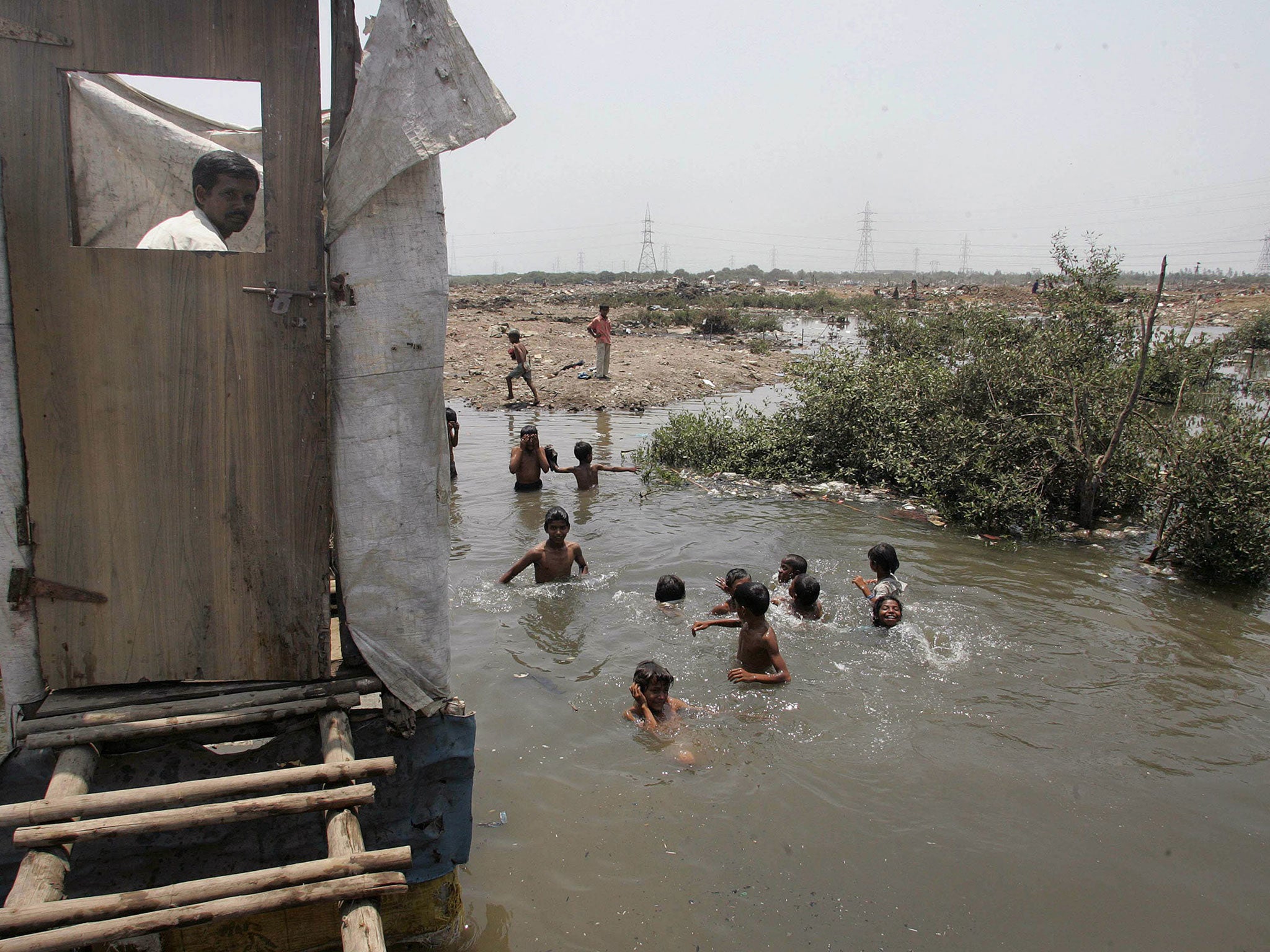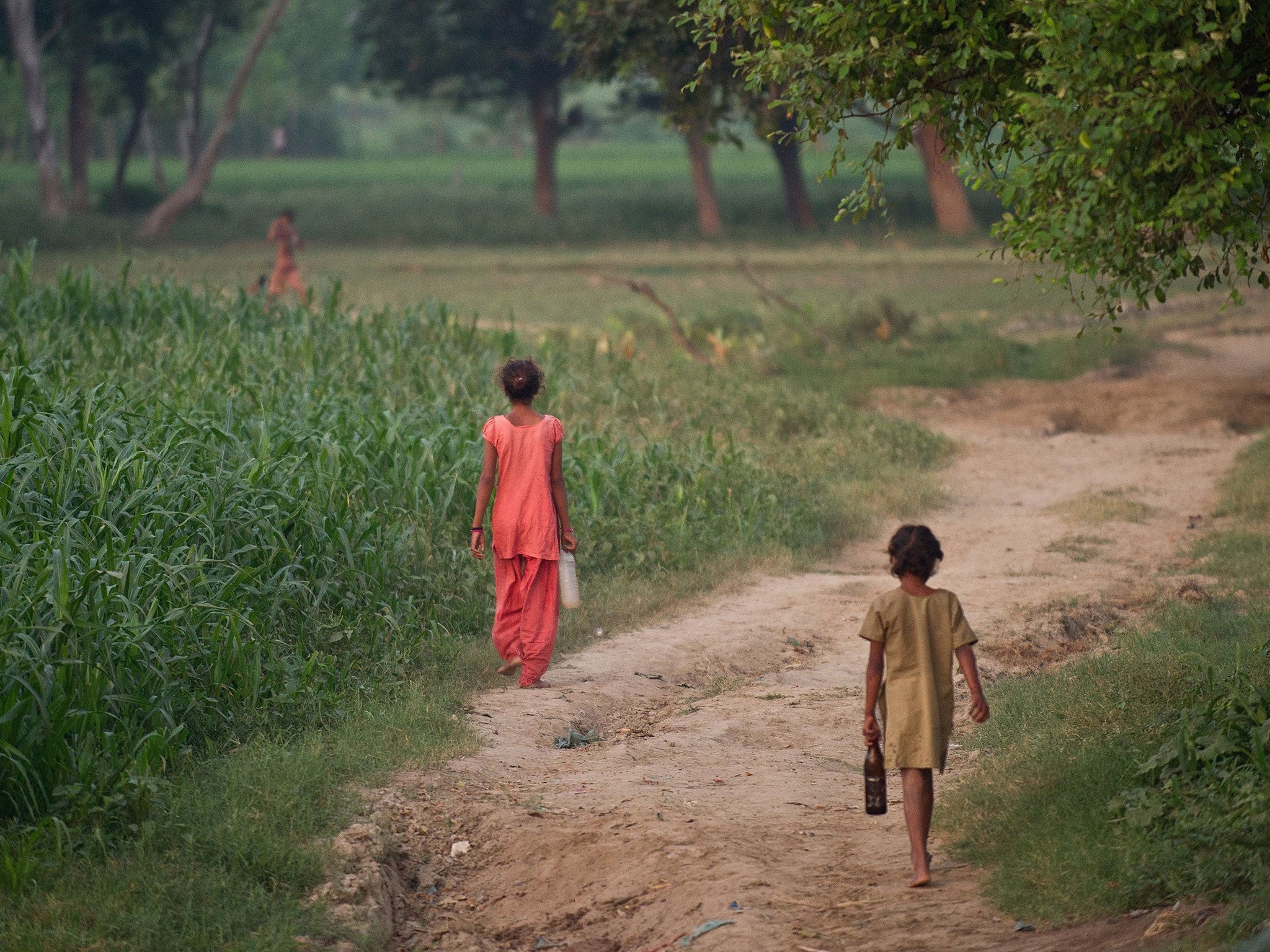India's trouble with toilets: Government sanitation drives fail to sway those who believe going outdoors is more wholesome
In rural India, a strong cultural resistance to the build-up and disposal of excrement is also leading to rejection of new latrines

Your support helps us to tell the story
From reproductive rights to climate change to Big Tech, The Independent is on the ground when the story is developing. Whether it's investigating the financials of Elon Musk's pro-Trump PAC or producing our latest documentary, 'The A Word', which shines a light on the American women fighting for reproductive rights, we know how important it is to parse out the facts from the messaging.
At such a critical moment in US history, we need reporters on the ground. Your donation allows us to keep sending journalists to speak to both sides of the story.
The Independent is trusted by Americans across the entire political spectrum. And unlike many other quality news outlets, we choose not to lock Americans out of our reporting and analysis with paywalls. We believe quality journalism should be available to everyone, paid for by those who can afford it.
Your support makes all the difference.In the lanes of Parvar Poorab, a peaceful North Indian village set amid monsoon-soaked fields, Savita stares suspiciously at the concrete lavatory outside her home. “The government employee who constructed it told me we had to use it now and we shouldn’t go in the open”, says the slight and sombre 22-year-old who goes by only one name.
“But it’s better to go in the open. The pit is very small and will fill up very soon. We only use it in an emergency or at night. I like going outside.”
Millions of Indians like Savita continue to defecate in the open despite having a household toilet, frustrating government hopes to wean more than 600 million of its citizens off the practice and questioning the assumptions behind its mass toilet-building programme.
In rural India, a strong cultural resistance to the build-up and disposal of excrement, and the view that going outdoors is more wholesome, is leading to rejection of the new latrines.
The most pressing reason to banish the practice, as Prime Minister Narendra Modi has vowed to do by 2019, is its effect on public health – spreading infectious diseases and stunting children’s growth by circulating faecal bacteria in the environment.
In this densely packed country, even people using toilets will still be exposed to germs unless everyone in the community abandons their routine of trudging to the nearest field, pond or railway track to relieve themselves.
Delhi has for decades tackled the problem by subsidising toilets for poor households, with the underlying assumption that poverty rather than attitude is the main reason that people are not building their own. This year the government is spending about £350m on the project, but poorer countries including neighbouring Bangladesh have made far greater strides in reducing open defecation without as much subsidy.
Even on the measure of toilet construction, India’s progress has been slow. Census figures show that between 2001 and 2011, the proportion of families without a latrine actually fell from 63 to 53 per cent. Research suggests that many households who acquired toilets during this time have not abandoned open defecation entirely. A recent survey of rural north India by the Delhi-based RICE Institute found more than 40 per cent of families with a working toilet have at least one member who still defecates in the open.
In Uttar Pradesh, India’s most populous state and with an open defecation rate among the worst in the country, officials acknowledge that they are not making inroads, even in priority villages like Parvar Poorab.
“We are not facing any problem in the case of construction, but the major issue of toilet usage is our challenge, and regarding this we are helpless,” says Santosh Kumar Singh, who oversees the sanitation drive in the state.
Shopkeeper Puttan Lal paid for his own toilet, embellished with tiles and a curtain, three months ago for his wife and young children. But even shelling out Rs32,000 (£311) – more than 10 times the cost of simple but effective latrines used all over the developing world – has not persuaded him of its merits. “Everybody is using it except for me. I go [outside] every day when I go for my morning walk,” he says matter-of-factly.
Like most of his neighbours, Mr Lal’s enthusiasm for having a toilet stemmed from convenience rather than any awareness of the health benefits.
His preference for a much more expensive model with a septic tank, instead of a basic offering with a pit that must be emptied manually, highlights what experts believe is a key reason why Indians persist in defecating in the open.

“Emptying a pit in any other developing country… doesn’t carry a social stigma in the same way as it does in India,” says RICE’s Sangita Vyas, referring to Hinduism’s rigid caste system which prescribes that dealing with human waste is the responsibility only of those at the very bottom of the social hierarchy.
“Anybody who is of a higher caste would find it unthinkable do it themselves, and at the same time… people from lower castes are trying to avoid doing this type of work because it’s associated with their past and oppression,” she says.
In Parvar Poorab, 30-year-old Ranjita, who has a satellite dish and a television in her small brick bungalow, will only build a toilet for her family once she can afford one with a pit big enough that it does not have to be emptied for decades. “I want a good quality one, not a government one. I will wait to get a better one,” she says.
Convincing Indians of the benefits of any kind of toilet has been a secondary priority in official sanitation drives – the Modi government’s “Clean India Mission” has halved the spending on information, education and communication activities to 8 per cent of the total budget. Once that money filters down through the states to individual districts, it is up to local officials to decide how best to spend it.
Government-built toilets in Parvar Poorab, for example, are emblazoned with bright red and yellow painted slogans extolling their health and safety benefits. But experts say only a concerted campaign to change behaviour and beliefs, with sustained face-to-face contact, stands a chance of making a difference.
“Giving people money is not a very good idea for sanitation. We should never have gone down that path,” says Nitya Jacob, the head of policy at WaterAid India, who is among many who think the government’s incentive-based approach has actually hampered progress.
People need to consider toilets as aspirational items and build them themselves after understanding the benefits, rather than perceiving them as handouts, Jacob says. But the government has pressed ahead with toilet-building – a visible, easy-to-measure policy – in the absence of any consensus on how to influence attitudes.
In Uttar Pradesh, Santosh Kumar Singh is training community motivators who will fan out into villages like Parvar Poorab to break down community barriers to toilet use. “We have started [focusing on behaviour change], but it is too late,” he said.
Join our commenting forum
Join thought-provoking conversations, follow other Independent readers and see their replies
Comments